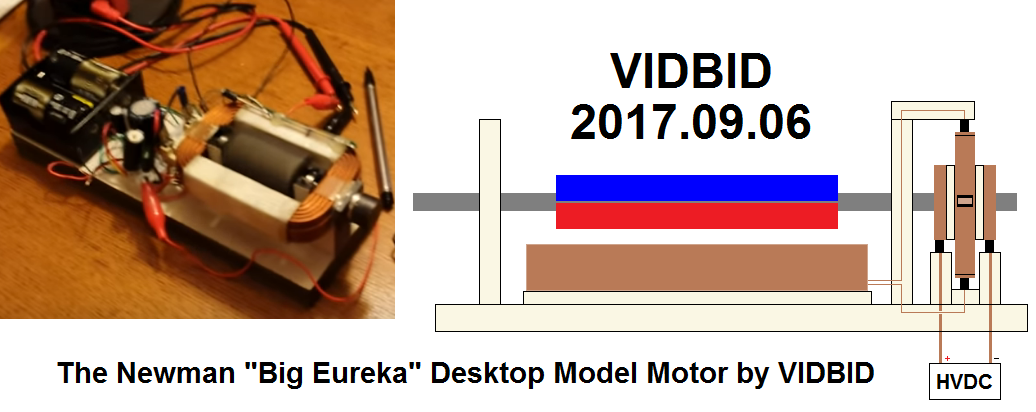Long motor
Vidbid,
Thanks for reply.
So you're planning the long motor build. That's were I got the idea to use two coil setup on top and bottom. Also from the videos posted here. That guy was using one MOT coil on the bottom of his unit. I see you must follow the established setups for this machine. The round "upright" machine must be built certain way different from the long or horizontal machine.
Anyway just thinking while typing,
wantomake
Vidbid,
Thanks for reply.
So you're planning the long motor build. That's were I got the idea to use two coil setup on top and bottom. Also from the videos posted here. That guy was using one MOT coil on the bottom of his unit. I see you must follow the established setups for this machine. The round "upright" machine must be built certain way different from the long or horizontal machine.
Anyway just thinking while typing,
wantomake



Comment